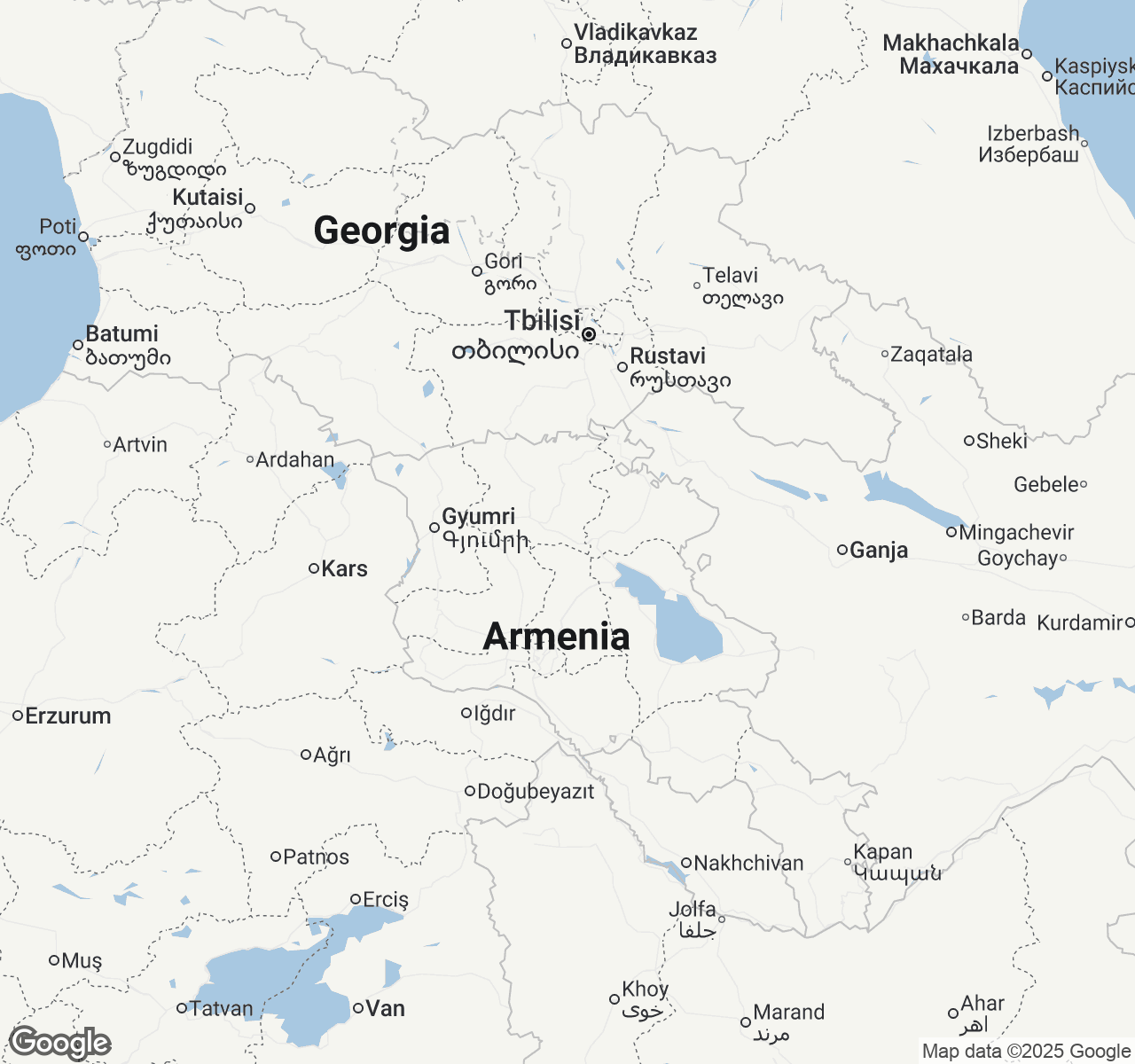
Things to Do in Armenia
Discover the best of Armenia
Plan Your Trip
Essential guides for timing and budgeting
Top Things to Do in Armenia
Discover the best activities and experiences. Book now with our trusted partners and enjoy hassle-free adventures.
Explore Destinations in Armenia
Alaverdi
City
Dilijan
City
Echmiadzin
City
Garni
City
Geghard
City
Gegharkunik Province
City
Goris
City
Gyumri
City
Jermuk
City
Kapan
City
Khor Virap
City
Lori Province
City
Sevan
City
Shirakamut
City
Sisian
City
Syunik Province
City
Tatev
City
Tavush Province
City
Vanadzor
City
Vayots Dzor Province
City
Yerevan
City
Your Guide to Armenia
About Armenia
Where ancient monasteries cling to mountainsides like prayers carved in stone, Armenia whispers stories that predate most civilizations. This cradle of Christianity pulses with an intensity that catches visitors off guard—the warmth of strangers sharing homemade brandy, the haunting melodies of duduk echoing through Yerevan's cafés, the profound silence of Lake Sevan stretching toward snow-capped peaks. Here, every meal becomes a celebration, every conversation a bridge across centuries. The land itself seems to hold memory: volcanic slopes dotted with khachkars, valleys where apricot trees bloom in defiant beauty, and cities where Soviet-era architecture stands alongside structures older than Rome. Armenia doesn't just invite exploration—it demands emotional surrender. This is a place where hospitality isn't courtesy but sacred duty, where the past lives alongside the present with startling intimacy, and where travelers don't just visit but become part of an ongoing story written in stone, song, and the shared humanity found around every corner.
Travel Tips
Transportation: Book marshrutkas (shared minivans) at bus stations for intercity travel—they're cheap and frequent. In Yerevan, use the GG taxi app for reliable rides. Rent cars only if comfortable with aggressive driving; roads outside cities can be challenging.
Money: Bring USD or EUR to exchange for Armenian drams at banks or exchange offices—better rates than ATMs. Carry cash everywhere; cards accepted mainly in Yerevan restaurants and hotels. Budget $30-50 daily for comfortable mid-range travel.
Cultural Respect: Dress modestly at monasteries (cover shoulders/knees). Remove shoes when entering homes. Armenians are incredibly hospitable—refusing food/drink repeatedly may offend. Learn 'shnorhakalutyun' (thank you) and expect emotional conversations about history.
Food Safety: Armenian food is generally very safe. Try local specialties like khorovats and dolma at family-run restaurants. Tap water is safe in Yerevan but buy bottled elsewhere. Avoid street food in summer heat; stick to busy establishments.
When to Visit
Spring (April-June) offers Armenia at its most enchanting, with temperatures ranging 15-25°C, moderate rainfall, and wildflower-carpeted landscapes. May is perfect for hiking and monastery visits. Summer (July-August) brings hot, dry weather (25-35°C) ideal for Lake Sevan but crowds increase accommodation prices by 30-40%. Autumn (September-November) delivers impressive foliage, pleasant 10-20°C temperatures, and harvest season—perfect for wine tours and cultural exploration. Winter (December-March) sees temperatures drop to -5-5°C with occasional snow, offering dramatic mountain vistas and 40% lower prices, though some remote monasteries become inaccessible. Peak season runs June-September with highest prices and crowds. Shoulder seasons (April-May, October-November) provide the best value and weather balance. Key festivals include Vardavar water festival (mid-July), Wine Festival (October), and Christmas celebrations (January 6). Cultural enthusiasts should visit April-June or September-October for ideal weather and fewer tourists. Adventure travelers will love summer for hiking and winter for skiing at Tsaghkadzor. Budget travelers benefit most from November-March visits, enjoying real feels without tourist markup.

Armenia location map